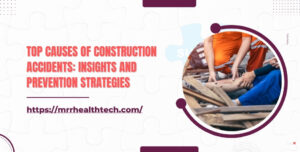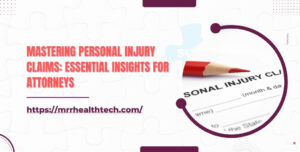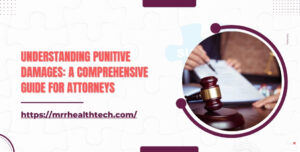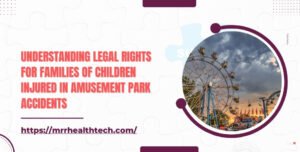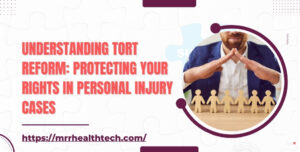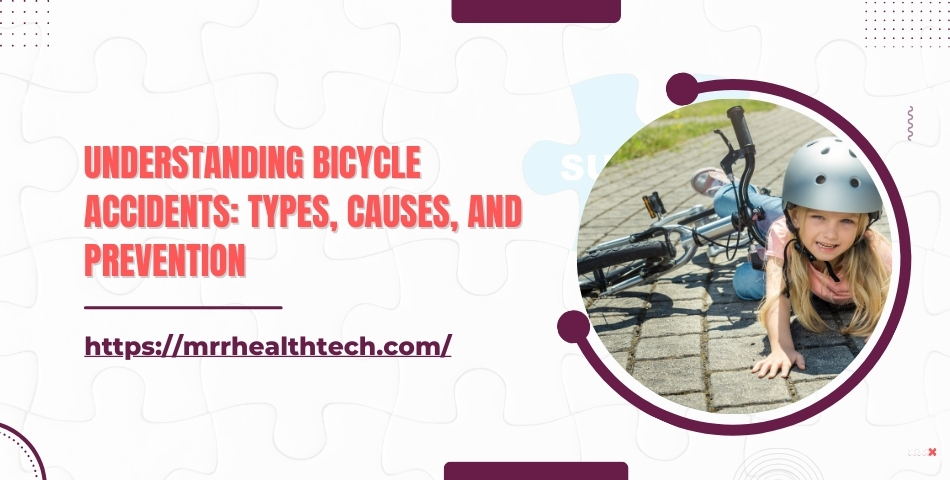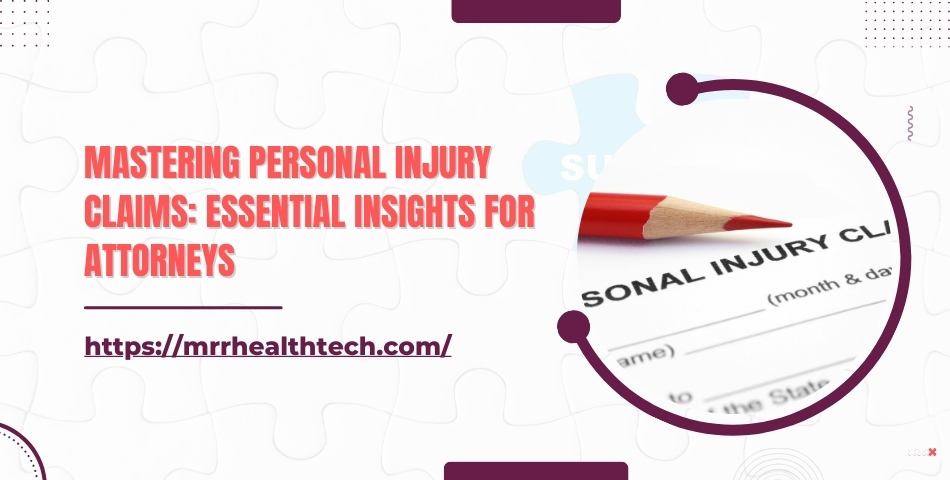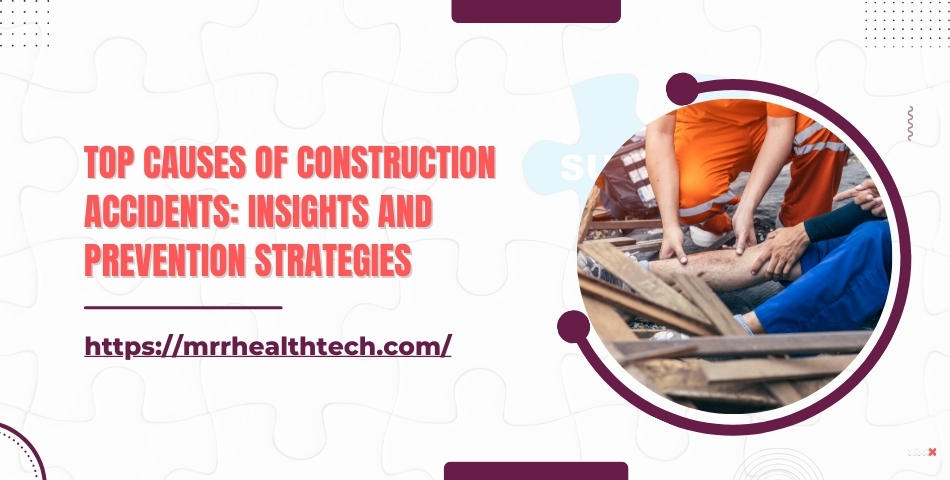
Introduction
Construction sites have always posed an incredibly greater risk for accidents compared to most industries. Therefore, knowing what causes injury would allow for the creation of better safety measures that would ultimately minimize injuries cases. This guide provides insights into the causes of construction accidents, the effects on the employees and employers, and how a review of medical records can help attorneys in construction injury cases.
The Landscape of Construction Accidents
Overview of Construction Industry Risks
As previously mentioned, construction sites may be the most injury prone sites and for a good reason. There is a lot of work-related mortality and morbidity to witness. OSHA estimates that out of approximately 20% of all deaths in workplaces within the US, construction employees make that percentage. It’s clear that there needs to be a concern for why these specific injuries are happening.
Common Types of Construction Accidents
- Accidental Falls: Deaths associated with constructions are mainly attributed to fall from heights. Deaths while working on roofs, scaffolding, and ladders are common.
- Accidental Strikes Injuries: Objects that fall or flying vehicles and equipment can injure workers.
- Caught-in/between Accidents: These are various types of incidents that happen when an employee is caught in between or compressed by machinery or materials.
- Electric Incidents: There is a potential for horrible injuries or death while working with live wires or other electrical tools.
- Overexertion: Injuries while lifting, pushing, and pulling heavy materials can result in overexertion injuries.
Main Causes of Construction Accidents
Insufficient Training and Absence of Safety Measures In Place
Inappropriate training is one of the major reasons construction workers get into accidents. Untrained workers are aware neither of safety guidelines nor equipment instructions which increases their chances for accidents. Corrective measures require that all workers complete training appropriate for the main and assigned specific activities.
Substandard Conditions of the Site
There can be a lot of things that would complicate construction work in an area: the site having discomforting working conditions like a rough, cluttered environment along with poor visibility creates chances for accidents to happen. These need to be done periodically to limit risks: inspections and maintenance.
Non-Functional Equipment
Inadequately maintained equipment results in very serious issues seemingly out of nowhere. Regularly conducted safety maintenance along with examination of machinery sobers the senses on construction sites.
Insufficient Protective Gear or Employees Not Using It
The absence or improper use of safety clothing exposes employees to more severe risks than are already present. Providing both appropriate protective wear and training on its proper use is essential in ensuring the safety of the workers at hand.
Fatigue and Overwork
Overexerting one and working long hours can result in fatigue, which may hinder a worker’s ability to complete tasks at hand safely. Having reasonable work hours together with scheduled breaks can minimize fatigue-related accidents
Substance Abuse
Abuse of substances- whether in form of alcohol, or other drugs, can greatly risk one’s judgment and coordination, resulting in accidents. The employer should place drug rules regulations and give assistance to the workers with substance-related problems.
The Role of Medical Records Review in Construction Accident Cases
Importance of Medical Records
Medical records play a vital role in personal injury claims by detailing the injuries, treatment, and recovery phases. For attorneys assisting injured workers, thorough medical records review is essential and can determine how extensive the injuries are and how the victim’s life has been affected.
How Medical Records Review Supports Legal Cases
- Causation: It is possible to maintain medical records to demonstrate that the injuries were due to the claims of the accident.
- Treatment: Comprehensive examination of medical files provides proof of the treatment given and is useful in seeking compensation.
- Long Term Effects: Claims regarding the appropriate compensation can be made after establishing the long-term effects of sustaining such an injury.
Preventing Construction Accidents
Best Practices for Employers
- Train Workers Carefully: Train your employees on safety measures and protocols thoroughly so that they know how to use the tools safely.
- Check Adherence to Safety Measures: Carry out regular examination of the construction sites to find any potential hitches and fix them.
- Provide Necessary PPE: Make sure that every employee has access to and is well versed with the requisite personal protective gadgets.
- Set up a Safety First Approach: Set policies where all safety measures should be put into consideration along reporting of risks freely.
Best Practices for Workers
- Stay Alert and Rested: Avoid working when fatigued and take regular breaks to maintain focus.
- Use PPE Properly: Always wear the appropriate personal protective equipment for the task at hand.
- Report Hazards: Immediately report any unsafe conditions or equipment malfunctions to supervisors.
Case Studies
Case Study 1: Fall from Height Incident
Overview: A construction worker fell from scaffolding while performing maintenance on a building, resulting in severe injuries.
Challenges: The construction company claimed that the worker was not following safety protocols, attempting to deny liability.
Solutions: A detailed medical records review revealed the extent of the worker’s injuries, including multiple fractures and a long recovery process. Additionally, safety training records indicated that the worker had received proper training, countering the company’s claims.
Case Study 2: Equipment Malfunction
Overview: An employee was injured due to the faulty functioning of a crane, which led to the dropping of heavy materials onto the employee.
Challenges: The claim was made more complex by the argument raised by the equipment manufacturer that the employee had not taken the required precautions during safety procedures.
Solutions: The lawyer performed an analysis of the medical records that demonstrated the significant degree of injury and the level of medical attention that was received. Also, the crane’s maintenance records were acquired, which indicated the lack of required routine maintenance on the crane.
Conclusion
To formulate effective strategies for improving safety in the building industry, it is necessary to analyze the primary features associated with the construction accidents. If the perils are identified and appropriate safety procedures are taken, employers can make the workplace safer for the employees. On top of that, medical records review is very helpful in personal injury cases for the attorneys work to ensure that the affected workers are compensated for their injuries. Following the guidance in this report will allow certain groups to cope with legal and construction site safety problems.

